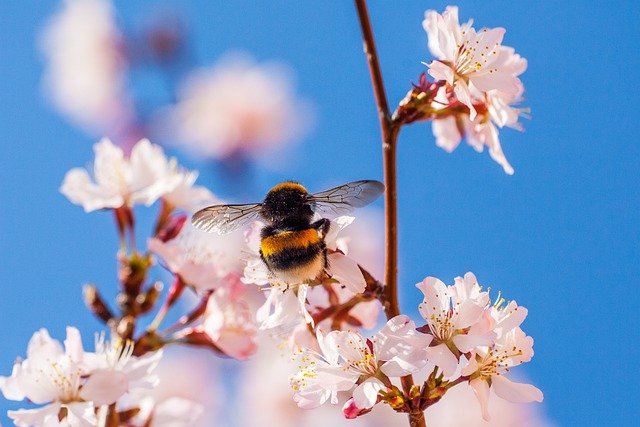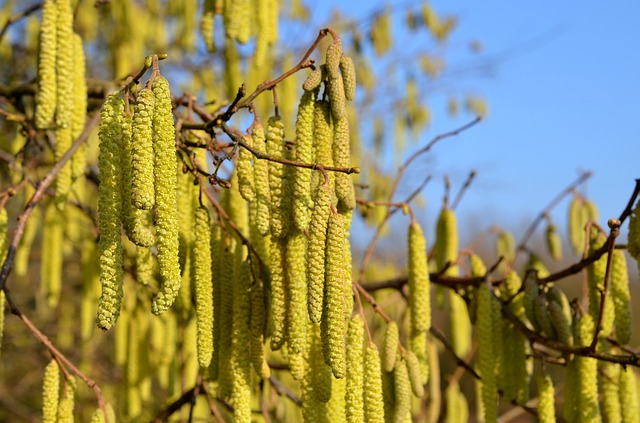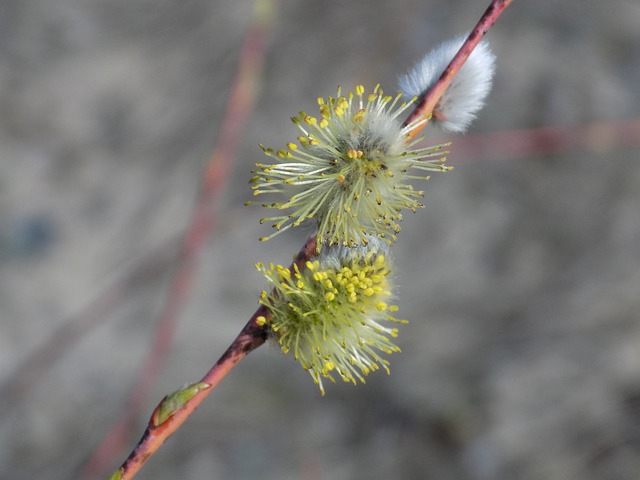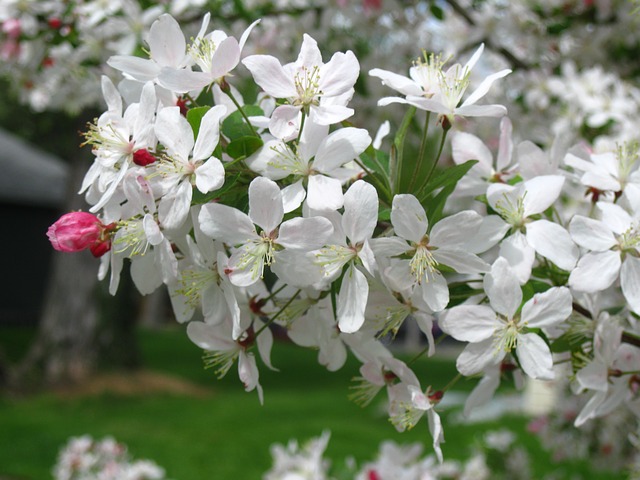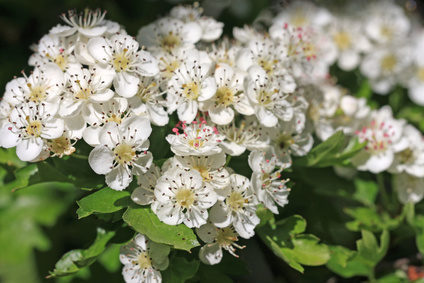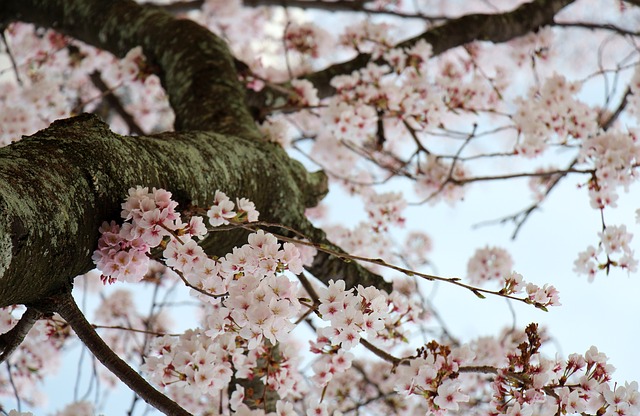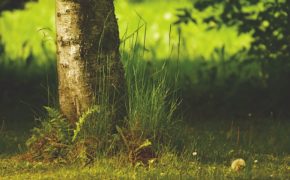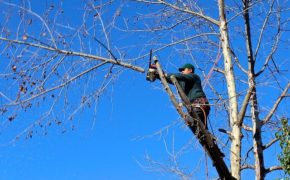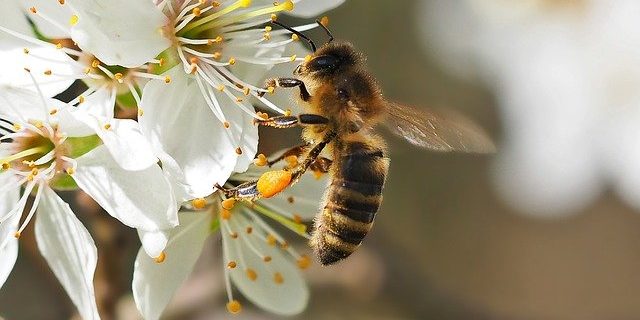
Get a quick no obligation quote It’s free and will only take a jiffy!
6 of The Best Trees for Bees… A Guide to Pollinator Friendly Species
Bees and other pollinators play a crucial role in our food chain. Our dependency on them really cannot be overplayed. We may not always realise it, but it is actually thanks to bees that we are able to enjoy such a vast range of food products. Believe it or not, around a third of our daily food requirements depend on these insects. Without them, we’d have none of the fruits, vegetables and nuts that form an essential base to our diets. We wouldn’t even have our daily cup of coffee.
But there is a problem. Urbanisation and destruction of the green belt have resulted in a massive decline in food for pollinators. What’s more, the use of pesticides and fungicides has led to a considerable reduction in the bee population, with many useful plants having been destroyed, leaving only non-flowering species in their wake.
But we can all do our bit. If we all think carefully about what we plant in our gardens, then we could, together, start creating our own pollinator havens, collectively boosting vital food sources for bees, hoverflies and butterflies, and making a small difference, on a larger scale.
How does pollination work?
The pollination of plants is a result of insects collecting nectar and pollen. Bees and other pollinators are only focused on food, but for plants and trees, their existence is wholly reliant on insects.
Trees attract pollinators via the sugar-rich nectar that lies deep in their blossom, which could be flowers or catkins, depending on the species. Bees visit the trees for a nectar feed and, in doing so, sweep their bodies against the male anthers of the flowers or catkins which are covered in pollen.
This pollen sticks to the hairs on the insects’ legs, and is then transported to the next flower on the food expedition. When the pollen sticks to the female stigma of that next flower, it is then fertilised. Only when flowers are fertilised will the tree or plant later yield fruits, nuts or seeds.
The bees rely on the nectar to fuel their journeys from plant to plant, and anything that’s left over is taken back to the colony where it is turned into honey and stored for the winter. Or of course, used to make vital and very nourishing human foodstuffs.
What are the best trees to plant to support pollinators?
97 per cent of flower meadows have been lost, which means that gardens really are vital sources of nectar. Planting trees for bees is a fantastic way to support pollinators. A tree can have a lot of flowers on it at blossom time!
If you are keen to help bees by planting trees in your garden, read on for our guide to six of the best species known for providing pollinator food. They’ll add stunning colour and interest to your outdoor space too!
1. Hazel
The gorgeous yellow lambs’ tails male catkins of the hazel tree appear in late winter to very early spring, providing an early source of nectar for pollinators.
2. Pussy Willow
The charming yellow, furry catkins of the pussy willow flower in early spring, providing a good source of food for queen bumblebees as they form their new colonies. The pollen and nectar are also valuable food sources for certain species of mining bees.
3. Apple and crab apple
Bees adore apple blossom. Its beautiful white or pink flowers attract a variety of species, without which we’d never be able to enjoy such tasty fruits.
4. Hawthorn
The clustered white May blossom of the hawthorn is very important for solitary bees, including the specialist hawthorn mining bee.
5. Flowering cherry – Prunus ‘bride’
During spring, this compact flowering cherry forms an abundance of snowy white flowers that are a beacon for both bees and butterflies.
6. Horse chestnut
The tall, conically clustered flowers of the horse chestnut tree appear in late spring to very early summer, providing a rich source of pollen for honey bees.
Whatever trees you choose to help support pollinators, always be sure to buy native and home grown.
Helping to keep your trees in prime condition to best support pollinators
So there you have our top six trees for pollinators. If you decide to plant a pollinator friendly tree in your garden, be sure to remember the importance of regular pruning, especially in the earlier years of the tree’s life so as to promote abundant blossom.
If you could benefit from some help with tree care, we have all the expertise and advice you need. Please feel free to get in touch and let us know how we can help you.
Had a fallen tree in the early hours of Monday morning, called for quote and the team had it cleared on the same day. Really good communication when the lads were onsite and did a great job. Lots of pride in their work shown with the thorough clear up. Would thoroughly recommend.
Thank you Stuart for your kind review. We were glad to be able to help you with your fallen tree. If there's anything else you need in the future, please don't hesitate to get in touch.

